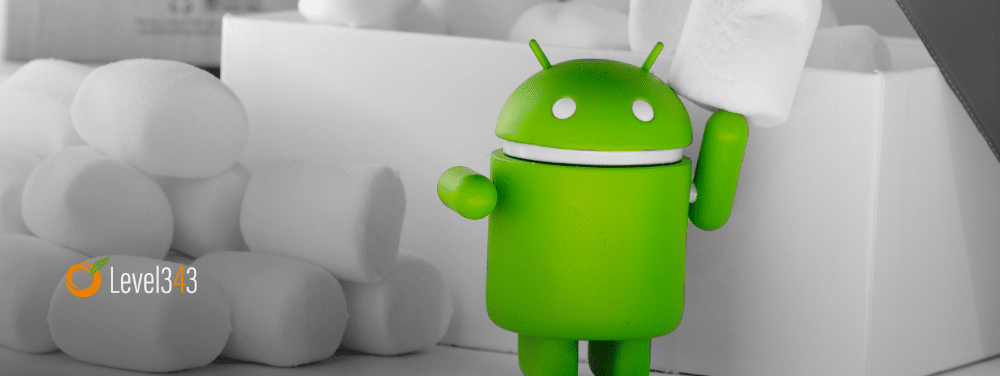At the beginning of June 2010, Google initiated the Caffeine update: a complete search engine restructuring. Google Caffeine indexes content at a faster rate. i.e. every day, globally. Since the Google update, many sites have noticed a moderate to severe drop of traffic.
In the past, the updates of Google’s search engine could take weeks or months. Old content, whether the content was still accessible or not, remained listed. This, in turn, gave site traffic and ranking, even if the page no longer existed. Google Caffeine focuses on fresh content, merged with the search engine’s previous aim of relevance.
SEO Response
Studies show the higher the ranking, the more traffic a site gets. Due to Google Caffeine, ranking now requires a higher amount of new content. You simply cannot assume that your competitors are unaware of SEO, or that they have a completely static website. With faster indexing, your fresh content is no longer fresh after a week, and can quickly be replaced in the SERPs with competitor ranking.
Example:
Day 1: You post an article on your site. You rank well for that article (1st place), bringing in more traffic.
Day 3: A competitor posts a similar article. This article, once indexed, can knock your ranking down.
Day 5: Another competitor posts an article, which knocks your ranking down more.
Within a week, your fresh article that helped you rank in the 1st position is now on the second page and quickly being buried.
If your site has turned into a sieve and you’re losing traffic, you need to find out why before you chose which way to aim the largest part of your efforts. For instance, one client was getting a greater percentage of search engine traffic – simply because their referring sites had dropped off the SERPs map.
If referring site traffic is slipping away quickly, turn to link building and get your site back up to par. However, if you’re losing traffic from search results, you’re most likely slipping down the ranks and need to beef up your content.
Link building has been a constant technique that helps with ranking. However, when one is able to link to fresh content (vs. older content), this tells the search engine your site is still viable and active. It’s still relevant to your search term and still interesting to visitors. In other words, it’s still worth ranking in the search engine results.
At this point in SEO and search engine placement, site optimization builds the foundation, but linking and fresh content is absolutely necessary to stay on top. Now, more than ever, SEO is a continuous need, with a heavy emphasis on content and links. Fresh content can now provide ranking within 32 hours, rather than waiting for the ranking to improve over time. However, it is essential to keep this boost going, rather than letting it fall behind, to keep traffic and ranking at a high level.
Topic Focus
When creating content, in terms of bringing, and keeping, visitors, it should be more information based, with low-key sales. The more information on your topic that you have within the site, the better the overall ranking (and individual page ranking) the site will experience. In addition, this type of content provides additional opportunities:
- for organic link building (visitors link to the content on their own)
- for SEO link building (contacting site owners and informing them of the content on the site that their readers may find useful)
By all means, don’t neglect your sales. However, keep your sales pages as sales pages and your informational pages as, well, informational pages.
Conclusion
With the Google Caffeine update, fresh content added to your site is imperative, along with relevant links to the new content. It’s no longer a choice if your site is going to stay high in the rankings for non-branded terms.
If you’re a fellow SEO, feel free to add more information, argue or agree. We always love to hear from our contemporaries. For site owners, what have you experienced since June 14th? Severe traffic drops? Better traffic? Better or worse ranking? Tell us about it!




































8 Responses
Hey @windpoweredgenerators yes, content generation is always great. I’ve been writing a few guest blogs around the blogosphere and as much as I would like to think it’s helping us in some way, I feel cheated. LOL Aside from generating traffic it has given us the extra juice Caffeine seems to provide.
I’d recommend some kind of additional content creation, whether a blog or forum of the client will go for it, or content marketing – whether it’s guest blogging or article marketing. However, remember that any time you post content on another site, you may be giving them top place (at least for the moment) — you just get a link back.
This is an excellent article, and I agree with all of it. I’ve posted it on LinkedIn and Facebook. Thank you for sharing your insight! Shauna
Hey Shauna, you should consider signing up to our RSS feed. We have lots of great information coming up in August.
This is an interesting summary of the way SEO is changing but do you feel that the recent changes in SEO have meant that perhaps SEO Consultants have less “tricks up their sleeve”?
After all, so much information is out there to be found – surely now that content is well and truly king many site owners don’t need an seo professional or at least aren’t willing to pay the amounts of money that an SEO used to make.
Thanks for the interesting article
Nice post..i read this post thoroughly. I am bit agreed with your post; however I have few queries like as in your post, you also mentioned that Google has started preferring the latest new content in search engine rankings. How would one be able to manage his website rankings if it is not a blog/forum. I mean I have a website of my client who sell online writing services and has a 5 page website. His website ranks on top search engine results pages on most of the main keywords, now according to Google’s recently updates, one need to update its content in order to maintain the rankings. Noe please you suggest what content should I update in my clients’ website?
As long as your client is still ranking well, then what you’re doing is working and I wouldn’t change it. It’s when traffic and ranking start dropping that it’s time to reassess your SEO campaign. Of course, I should preface that with a note that you should always be testing and tracking anyway, but serious drops are the main concern. Some sites show few changes, while other show major changes. It’s hard to give exact advice without seeing your client’s site, so don’t take this as law…
IF your client starts losing ranking and traffic (which generally goes along with a drop in ranking) above and beyond the normal rise and fall, check where they’ve lost the ranking/traffic in your analytics program, as mentioned in the article. How your client is losing ranking and traffic dictates what you do to combat it. If it’s ranking issues (i.e. search traffic) and not a loss of referrals, I’d recommend some kind of additional content creation, whether a blog or forum of the client will go for it, or content marketing – whether it’s guest blogging or article marketing. However, remember that any time you post content on another site, you may be giving them top place (at least for the moment) — you just get a link back.